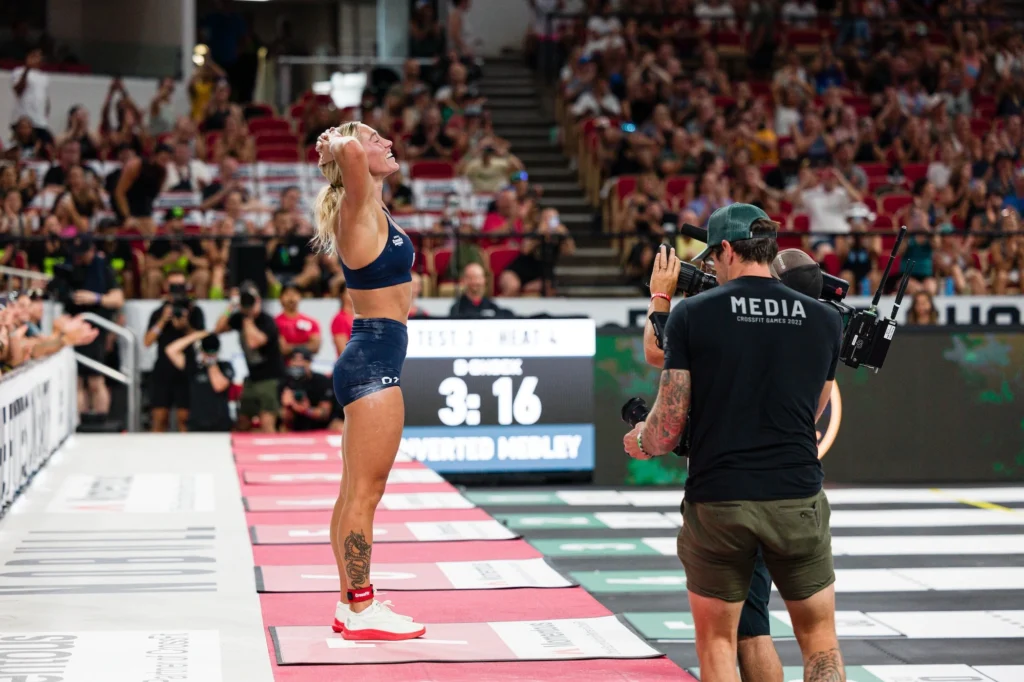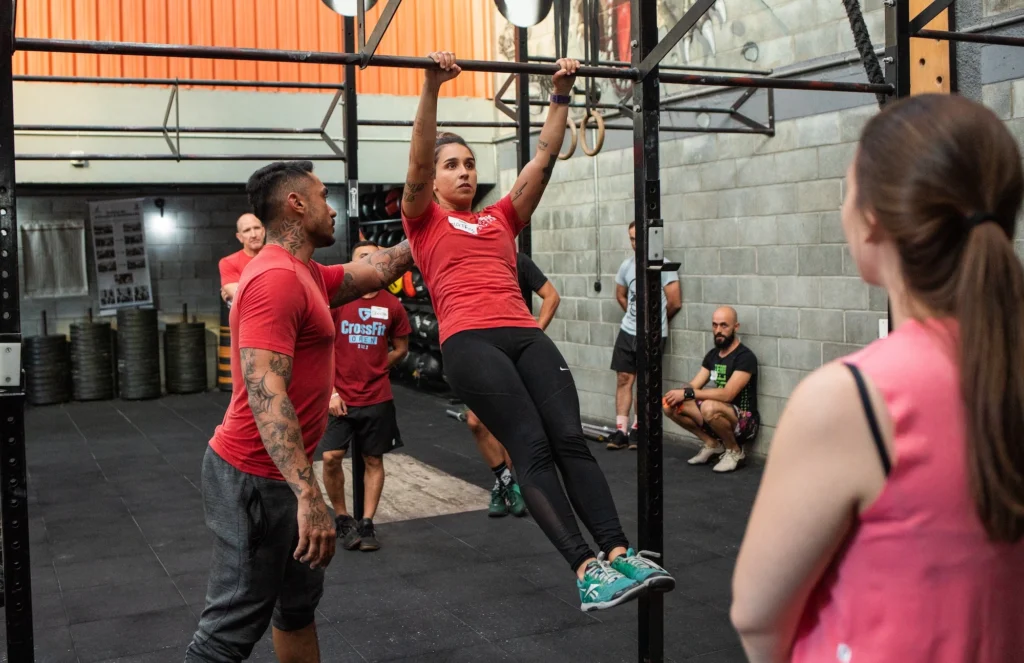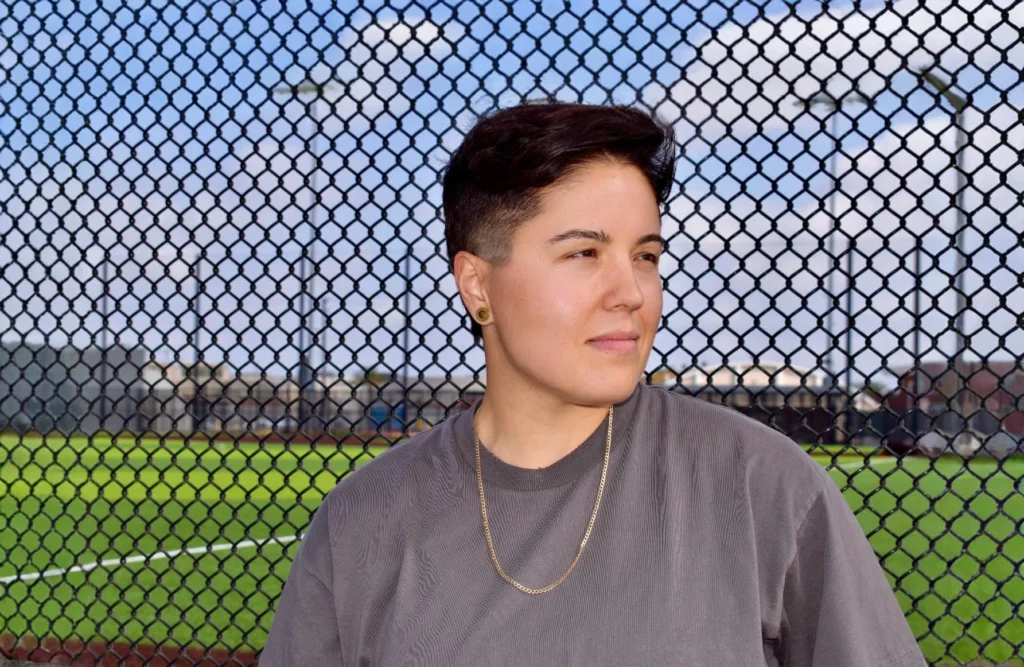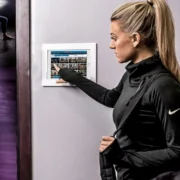Ahead of the CrossFit Games, Hauca spoke with ATN about her vision for the brand, including why CrossFit is embracing its hardcore fitness roots
CrossFit is undoubtedly one of the world’s most popular fitness brands. But you could say it’s at something of a crossroads.
The sport of CrossFit is practiced by millions of people across the globe, many of whom flock to thousands of affiliate gyms, or “boxes,” located in over 150 countries on all seven continents. However, the brand has been hit with some negative publicity in recent years, including reports of declining participation rates, competition from upstart global fitness events, and the uncertainty of an ongoing sale process.
CrossFit’s chief marketing officer, Jenna Hauca, believes that to weather the storm and emerge even stronger in the years ahead, the brand must embrace its hardcore fitness roots, while adopting some modern marketing tactics along the way.
“CrossFit was born, I believe, out of being a counter-culture,” says Hauca, who took over as the brand’s CMO last year after a stint at Barry’s. “At the time, in the early 2000s, everything in health and wellness was quick-fix: how quickly can you get skinny or get six-pack abs? CrossFit stepped in and said, ‘We’re something different. We’re going to work really hard, together, and we’re going to be a bit edgy.’ For that reason, it’s become a cult brand.”
Ahead of the 2025 CrossFit Games, which kick off this Friday in Albany, New York, Hauca spoke with Athletech News about her vision for the fitness giant, and how she’s working to achieve it.
Content Is King, Especially Long Form
Hauca’s first order of business as CMO was reorganizing CrossFit’s marketing structure and org chart to better align with strategic goals. Her second priority has been reinvigorating the brand’s historically strong media and content engine.
“CrossFit in the early 2000s and 2010s would actually self-identify as a media company more than a fitness or sport company,” she explains. “The media and content engines had slowed down in recent years. So my second biggest priority was just reigniting the spark.”
Under Hauca, CrossFit has launched or re-launched three long-form content series, including “Hear Their Stories,” a weekly show that spotlights community members, and “Drop-In Diaries,” where five-time CrossFit Games athlete Baylee Rayl tours gyms across the United Kingdom.
Most notably, the brand re-launched its highly popular “Road to the Games” docuseries, which offers a behind-the-scenes look into how top athletes prepare to compete in CrossFit’s annual flagship event.
While much of the fitness industry has leaned away from long-form content in favor of trendy, short-form snippets, Hauca says the “storytelling” aspect of a series like “Road to the Games” is key in bringing the world of CrossFit to life.
“(Our) athletes are so exciting, and they’re such personalities, that the content speaks for itself,” she says. “So bringing those stories to people and giving them ways to engage with us is a big way to bring people into the funnel.”
That said, CrossFit is also leaning into platforms like Instagram and TikTok with short-form content, a necessity in today’s day and age.
Instagram is currently the number one social media platform for reaching a global audience, although “TikTok is probably the next biggest, and it’s where we see the greatest ability to reach a younger audience,” Hauca says.
Going Local To Reach Global Audiences
With a presence on all seven continents (yes, that includes Antarctica), Hauca and her marketing team must think globally, but also locally.
“I think you could walk into a gym on any of those seven continents, and there’s a red thread of what connects everyone in terms of what CrossFit is and what it stands for …. But that said, every CrossFit box you drop into is going to have cultural nuance and differences,” Hauca notes.
To strike that balance, CrossFit has tapped influencers from across the world to star in localized campaigns, including one for the CrossFit Open.
“We’ve worked with influencers in Brazil, Australia, France and Spain, and all across the U.S., to have unique messaging,” Hauca explains. “Some of the Asian influencers were most interesting: there’s much more messaging around collectivism and ‘We do this together,’ whereas some of the (Western) countries were a bit more competitive in nature.”
In terms of which influencers CrossFit chooses to work with, authenticity is key.
“I’d say take ‘influencer’ with a grain of salt,” Hauca says. “We will never work with a personality, model or anyone who isn’t actively a CrossFitter and participating in our community. That lends a level of authenticity that I don’t believe you see a lot in the fitness industry.”

Making Ecommerce a Priority
One of Hauca’s first moves as CMO was to re-launch the CrossFit online store, which sells retail items such as branded t-shirts, sweatshirts, tank tops and headwear.
“CrossFitters are extremely proud and passionate to be part of the CrossFit community, so giving them a way to rep the brand and, quite literally, wear it on their chest, was a big opportunity, and something that we weren’t doing very well previously,” Hauca says.
Looking ahead, CrossFit will aim to continue expanding the range of products available online while looking for creative ways to help get its brand partners involved. The online store currently sells products from Yeti, for example.
“The next phase of development is going to involve launching performance gear and stuff that’s more suited to working out,” Hauca shares. “That and layering in even more of our partner goods … will help take the store to the next level.”
Why CrossFit Is Going ‘Back To Our Roots’
Hauca is less than a year and a half into her tenure as CrossFit’s CMO, but she’s thinking big about what the brand can become — that includes leaning into what originally made the movement famous around two decades ago.
“One of the things I’m most excited about from a marketing and brand perspective is continuing to get back to our roots, and our messaging strategy around the core of CrossFit,” she says.
For Hauca, that means more talk about the brand’s educational offerings, including its famous Level 1 Certificate Course, along with holistic health and lifestyle advice.

Marketing tactics like long-form video content, social media reels and ecommerce serve as a “Trojan horse” to get more people inculcated into the CrossFit way of life, Hauca believes.
“You can’t always lead with the deeper message and talk about health, diet and all of these things,” she says. “So as a marketer, I feel it’s my responsibility to capture people’s interests so we can bring them in and show them all of the goodness a few layers below the surface.”



